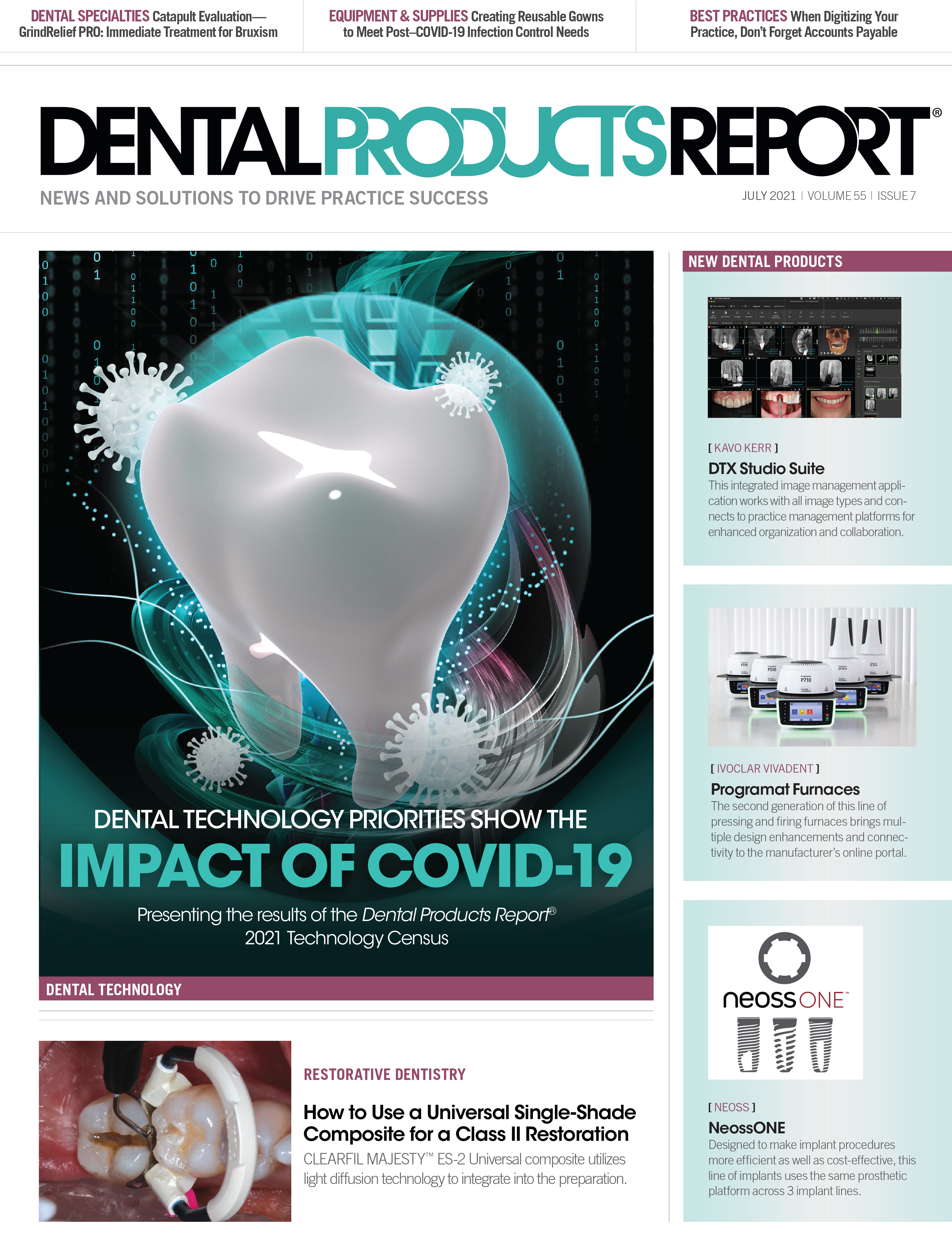Can You Market to Millennials?
Mapping a new patient journey to ensure your practice is on the right course.
©Good Studio / stock.adobe.com

Millennials start turning 40 this year. Although they live in the media and our imaginations as perennially young, the truth is that this generation will be driving business for years to come. It is vitally important, then, to look past stereotypes and get into real data about millennial behavior that can inform how you interact with them as potential patients.
Phones are not really for phone calls anymore; smartphones can do so much with available apps that their purpose as a “telephone” is increasingly irrelevant. Texting, meanwhile, is on the rise. Is your practice ready to meet this generation where they are? Mapping out this new patient journey is what keeps Paul Intlekofer, CEO of MMG Fusion, up at night. I spoke with him to paint a fuller picture of how a modern dental practice can strategically engage this critical demographic.
Lou Shuman: You just did a Viva webinar to over 1000 dental practitioners on this topic. With so much information and directions to go, where did you focus?
Paul Intlekofer: We focused on how the patient experience directly relates to increasing case acceptance. We focused on the patient journey and the idea that you must be found in order to be chosen by a patient and that every touchpoint needs to be convenient and informative.
It begins with the practice website. It should be custom built to reflect who you are—the type of practice, services offered, and how friendly you are.
Once a patient finds your custom website and is ready to schedule, they should be able to take immediate action through online scheduling. Research shows that 60% of our patients schedule after 10 pm. Your website needs to be up with them and ready with options for them to reserve.
The next step in the journey is getting a patient registered. We’ve all had the forms that need to be filled out in triplicate. Our patient portal solves this problem and is the key component in moving to a paperless office. So as soon as the patient signs up online—or even if they’re in our communications center via the phone—they’ll get a link pushed to them to set up a username and password, establishing them in the portal. This allows them to do e-signatures, consent forms, and medical histories.
The patient portal also facilitates dramatic increases in case acceptance. Additionally, the portal offers the patient their “oral health score,” regularly updated, which functions like a credit score. Completion of presented cases, as well as completing 6-month checkups and cleanings, directly increases your score and motivates patients to maintain their oral health.
LS: What does this look like for the office manager who is accustomed to facilitating these things?
PI: If I’m the office manager, and I’ve got a question coming in from a patient, don’t you want to be able to communicate the fastest way possible with them? Don’t you also want patient screen pops immediately when receiving communications from patients so that when they call, you’re not taking time to look them up? With our communications hub, CommCentral, and our Voice over Internet Protocol phone systems you can replace your phones and improve your communication. We offer the ability to—as soon as a person calls—have their patient screen pop up so you know who they are. If a person texts the office, we can do a 2-way text or easily move from text to talk. I can send an x-ray while we’re on the phone. I can use the office intercom function to communicate with other staff at the same time—all this functionality in a practice, cheaper than what you pay for your phones now, with all types of communication queued up and organized, including communication history with any patient, all in 1 place. You can answer any question quickly and easily, hand off patients between staff members, eliminate redundant messages, and make things more convenient for you and the patient. When you layer Ava (our AI [artificial intelligence] task manager) into the mix, you can have her automatically prioritizing, disseminating, and tracking the completion of tasks that come out of all that communication.
LS: A big differentiator for MMG Fusion is that you’ve run a pretty unique beta test, working closely on software development within an affiliated 4-group practice, integrating the MMG system, and getting proof of concept in a real practice environment with real patient interaction. I don’t think I’ve ever seen that done before.
PI: I think that’s what makes it all work so well: We could see what created the best patient experience and how it impacted results. Melissa Horn, the office manager there, is now our director of practice performance and success. Her leadership of the affiliate practice pilot has been invaluable because she can now explain it in the way you really use it all day long—peer to peer.
LS: I love that because even with all the automated processes and artificial intelligence, this feels like a very human-centered technology.
